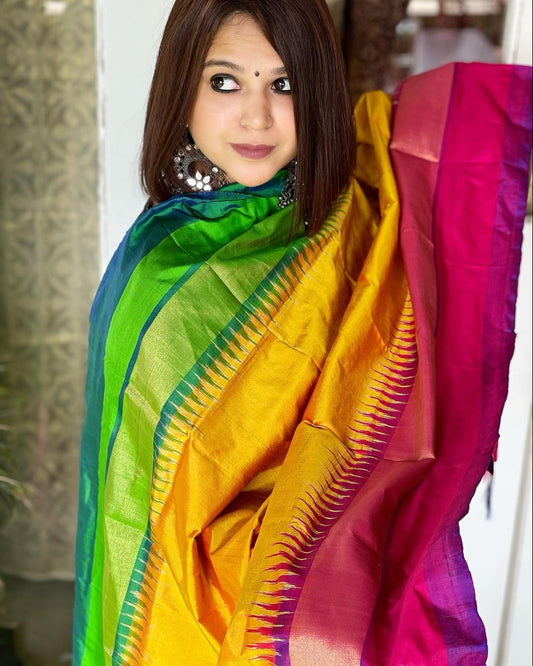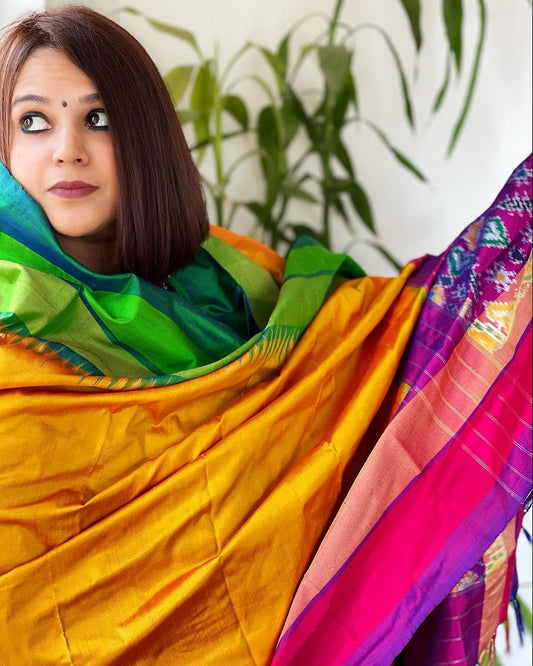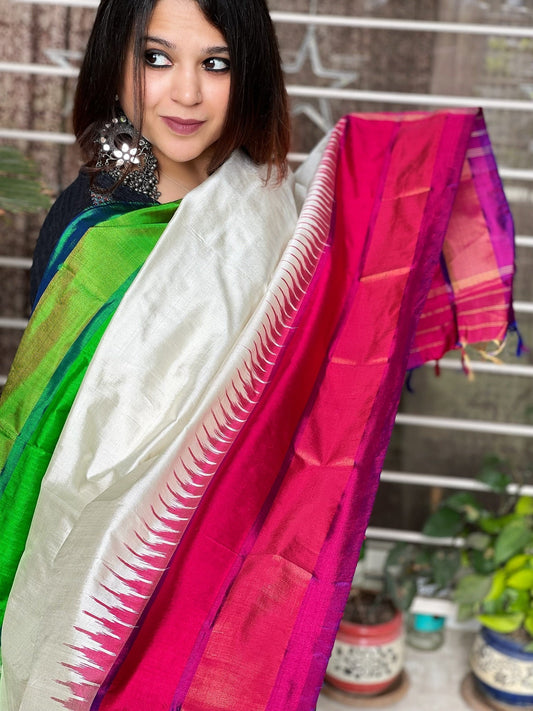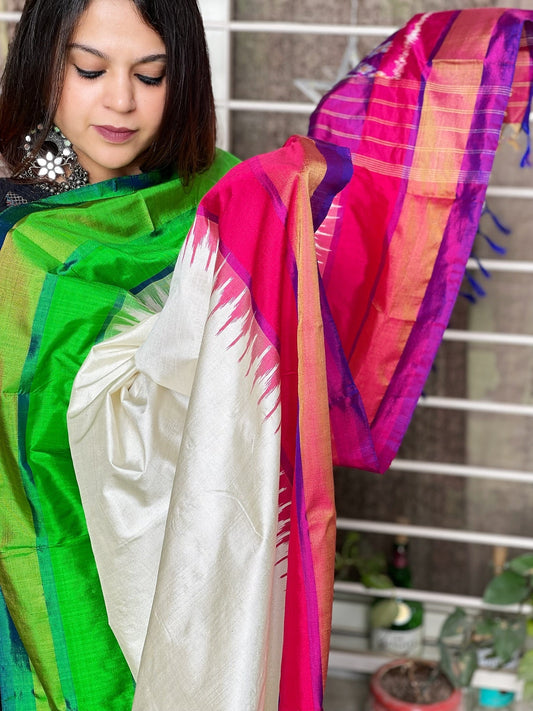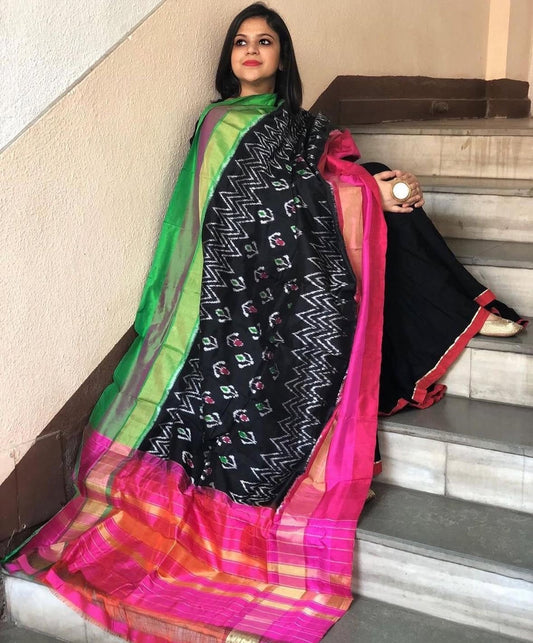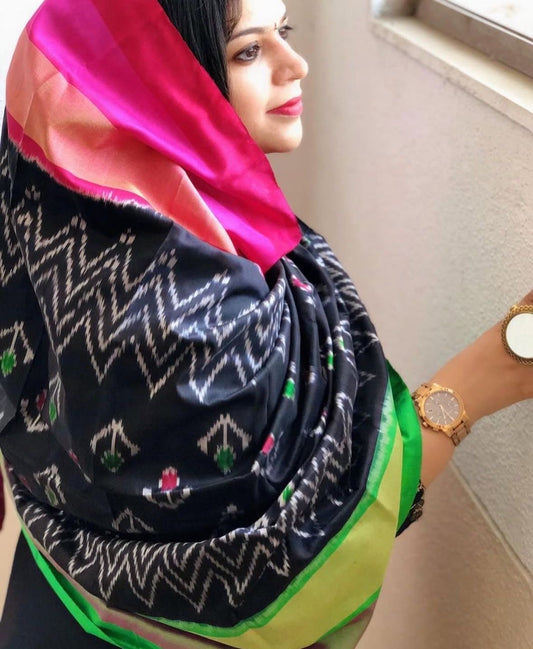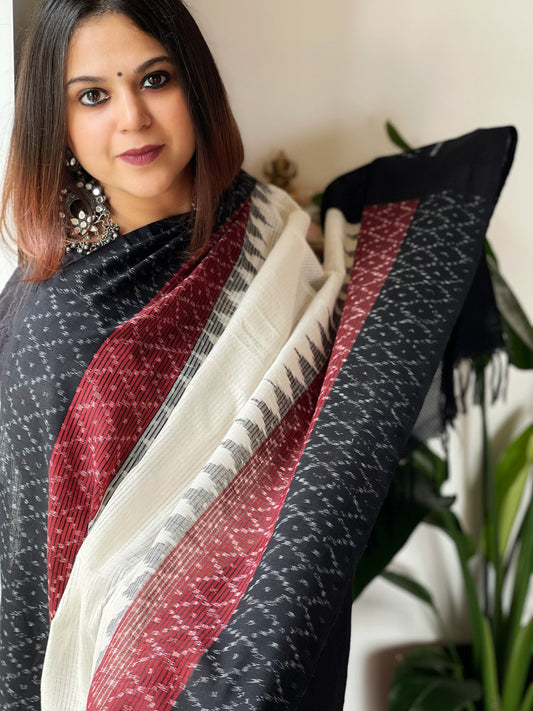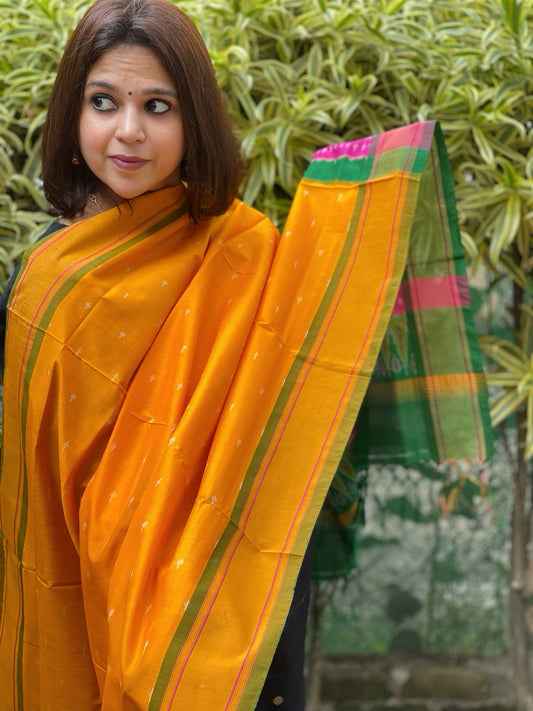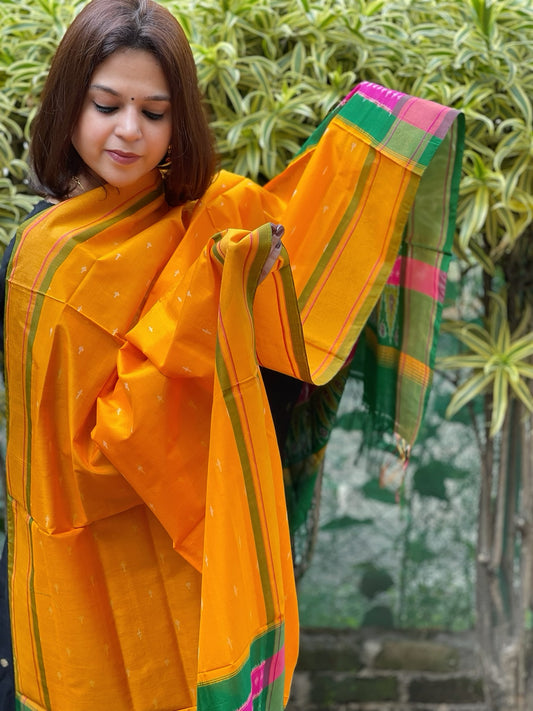Preserving Pashmina: The Luxury, Heritage, and Elegance of Timeless Perfection
The exquisite world of Pashmina has long captivated the hearts and imaginations of connoisseurs who relish in the subtle sophistication of this luxurious textile - prized for its softness, warmth, and graceful drape. Originating in the high altitude regions of Kashmir, India and Nepal, Pashmina has been cherished by royalty and nobility for centuries, symbolising a refined sense of taste and an appreciation for remarkable craftsmanship.
As purveyors of authentic Pashmina textiles at Masakalee, we strive to delight in offering our discerning clientele a curated selection of Pashmina dupattas, stoles, and shawls that preserve the craft's integrity and reflect its storied heritage.
Join us as we unveil the fascinating journey of Pashmina, exploring the tales of its origin, the meticulous processes involved in its creation, and the undeniable elegance of its final form. With a deeper understanding of the work and passion that go into crafting each exquisite Pashmina textile, you'll soon learn why these versatile, wearable works of art have been cherished for generations and remain an unrivalled symbol of luxury and elegance.
Pashmina is derived from the Persian word 'Pashm,' which refers to the delicate and soft undercoat of the Changthangi goat, native to the high altitude regions of the Kashmir Valley and the Ladakh Plateau. These goats produce a silky fine fibre, which provides insulation against the extreme cold of their harsh habitat. It is from this underlayer that the world-renowned Pashmina is crafted, offering an unparalleled amalgamation of warmth, softness, and durability.
Meticulously handwoven and shaped by skilled artisans from Kashmir and Nepal, Pashmina textiles are brought to life through generations of expertise, passion, and devotion. Each step of the process, from the collection of raw materials to the final, beautifully embellished product, is an intricate dance of tradition, precision, and unparalleled craftsmanship.
1. The Journey of Pashmina: From Fibre to Elegance
Before diving into the intricacies of Pashmina creation, it is crucial to appreciate the extraordinary journey of the delicate fibres from their source to the skilled artisans' hands. The Changthangi goat's undercoat is sheared or combed annually during the spring months, carefully collected, and transported to the villages where craftsmanship turns it into exquisite Pashmina textiles.
2. The Art of Craftsmanship: Weaving the Pashmina
The making of Pashmina textiles is a true testament to the skilled hands of the traditional weavers of Kashmir and Nepal, who dedicate their lives to preserving the heritage of Pashmina production.
- Preparing and Spinning the Yarn: The raw Pashmina fibres are sorted, cleaned, and combed to remove any impurities. Next, they are hand-spun into fine yarn, a delicate and time-consuming process that demands enormous skill and precision from the skilled spinner.
- Weaving the Masterpiece: The hand-spun Pashmina yarn is then skilfully woven on traditional wooden looms, resulting in a luxurious and lustrous fabric characterised by its softness, warmth, and incredible drape. This weaving process can take several days or even months, depending on the complexity of the design and the level of detail required.
3. The Charm of Traditional Motifs: Kani and Sozni Embroidery
Pashmina textiles are often adorned with breathtakingly intricate designs and motifs that enhance their visual appeal and showcase the weavers' unparalleled artistry.
- Kani Embroidery: Kani embroidery is a traditional weaving technique in which individual threads are woven into the fabric to create intricate patterns and motifs using a wooden spindle called 'kani'. The artisan's mastery of kani embroidery is evident in the exquisite detail and intricacy of the motifs, which can take months to complete.
- Sozni Embroidery: Another traditional embellishment technique is sozni embroidery, which involves the use of a fine needle and coloured threads to create delicate designs on the Pashmina fabric. Sozni embroidery requires immense skill and patience, resulting in complex patterns and motifs featuring floral, paisley, or geometric designs.
4. The Finesse of Finishing: Washing, Dyeing, and Fringing
The final steps in the Pashmina textile's creation are just as crucial in achieving the perfection Pashmina is known for, demanding attention to detail in every aspect.
- Washing and Dyeing: The woven Pashmina fabric is carefully washed and dyed using traditional techniques and eco-friendly, colourfast dyes. The process not only ensures the longevity of the colours but also adds to the softness and exquisite feel of the Pashmina.
- Fringing: The process of fringing involves the hand-knotting of the Pashmina fabric's edges to create delicate tassels or fringes that not only enhance the textile's aesthetic appeal but also demonstrate the artisan's skill and dexterity.
Conclusion
The entrancing world of Pashmina is a celebration of heritage, luxury, and elegance interwoven into each textile's creation process. From the raw fibres sourced from the remote high-altitude regions of Kashmir and Nepal to the skilled hands of master weavers, every step is a testament to the devotion and craftsmanship that defines the timeless beauty of Pashmina. Embrace the unparalleled warmth, comfort, and sophistication of Pashmina textiles – truly wearable art forms that echo the legacy of an ancient craft.
Experience the opulence of Pashmina and spoil yourself with our carefully curated collection of authentic Pashmina dupattas, stoles, and Zari Pashmina shawls at Masakalee. Let the mesmerising history, unparalleled warmth, and stunning elegance of Pashmina elevate your wardrobe and allow you to treasure its beauty for years to come.


